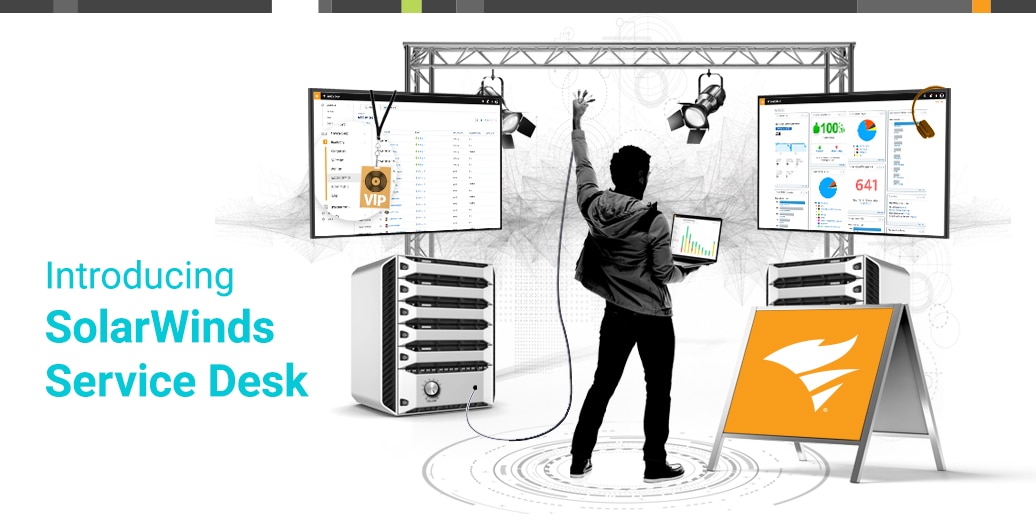It's an exchange that happens almost every day in every business office:
Employee peeks over the divider and asks her coworker, "Hey, how do I connect this to Bluetooth?"
Maybe it's a frozen laptop, or a glitch in the browser, or an issue connecting to VPN. And maybe it's a drive-by at the coffee machine or Slack message to a "tech-savvy" coworker. If employees are dodging an interaction with your IT service desk, it likely means they either don't know how to use the resources you're providing… or they don’t want to.
Let’s examine a few easy ways to keep those employees engaged with the resources straight from IT instead of the amateur coworker's best recollection.
Make it easy to locate and use the knowledge base
You may have the knowledge base but it doesn’t help if users can’t find it. “If you have three clicks to get to the knowledge base, we’re missing the point,” said ITSM expert
Julie Mohr during the Future of IT Service Management
webcast. The knowledge base shouldn’t be tucked away in an obscure area in the service portal. It should be easy to find and organized clearly.
It’s redundant to create solutions from scratch each time. This is where the knowledge base can be most helpful. Create a solution once and add it to the
help desk knowledge base to provide quick access to self-service. Tagging these solutions articles can make it even easier for end users to find what they need, which can prevent them from having to submit a service desk ticket—or referring to the tech-savvy guy in marketing. By empowering users to seek out self-service solutions, you can free up IT pros’ time that they can then spend tending to other matters in the business.
Keys to building a successful knowledge base include:
- Spending time to learn how end users search
- Using a consistent style throughout the knowledge base
- Building beyond basic desktop support
- Updating the knowledge base regularly
Simplify language in the service desk’s search functions
It can be frustrating for the end user to need a resolution to their problem but not be able to find it because the language presented is too IT focused. As Mohr stated, a self-help article titled “network connectivity” may not connect with the end user, who would more likely describe the issue as “the internet is down.”
Google, for example, presents results with relevant titles and summaries of what the end user is looking for. The goal is to provide the answer they’re looking for in the first two or three results. This same strategy should apply to the service desk.
In some cases, though, knowledge articles may be for IT team members only. For those solutions, go ahead and geek out with the language. Be as technical and as specific as needed for fellow IT pros. But if the article is public to the entire organization, translate the title and solution description to “end user” to make that article more effective for search and for execution of self-service.
Write FAQs from a customer’s perspective
One of the first things users do when a question arises while visiting a website is go to the frequently asked questions (FAQ) page. Since the FAQs are often a first line of defense for self-service, it’s important that the questions are written in a way that makes sense to a layperson. This page should answer more questions than it raises, so pose the questions in a way the user would ask them and then provide the solution.
“Eighty-three percent of organizations surveyed said their FAQs are written by support staff, which means they aren’t questions that customers have asked and are not asked in the way customers would ask them,” said HDI’s Group Principal Analyst
Roy Atkinson. “It’s from an internal point of view.”
To get rid of that disconnect, technicians should research and understand what end users experience while using the service portal. Make note of tickets commonly submitted and corresponding knowledge base articles. Also, ask for feedback on surveys after incidents have been resolved to see if there are ways to simplify or improve the service experience.
The service desk can mature to become a hub of resources for employees over time. But it’s not until the service desk has intuitive navigation, simplified language, and information presented from their perspective that you will see more
self-service portal adoption and employee engagement.








